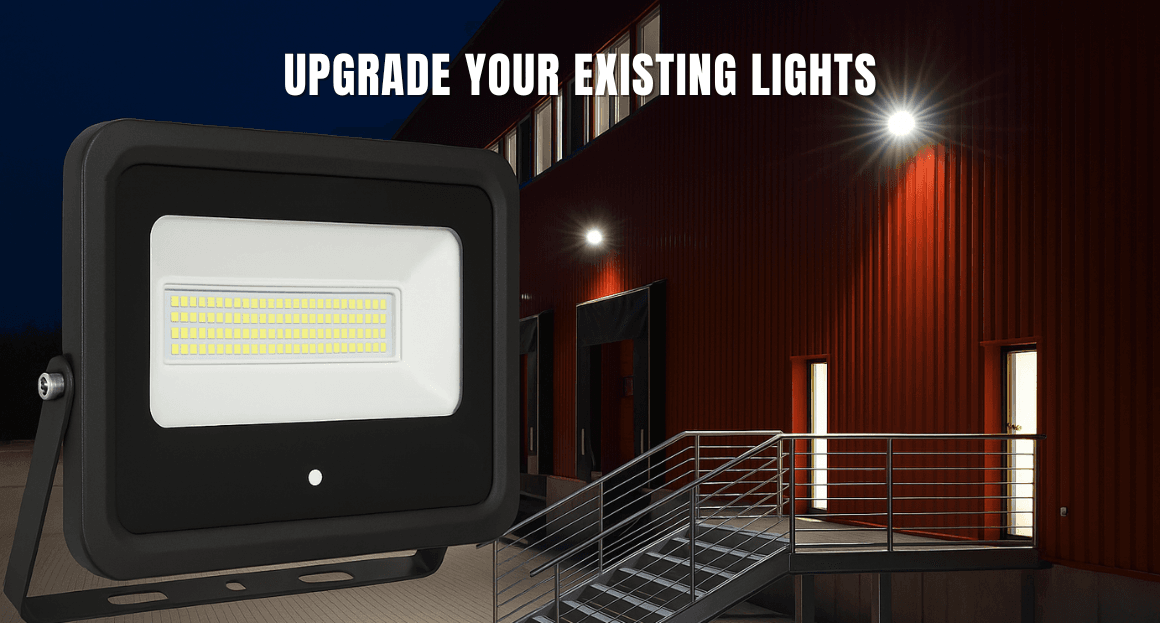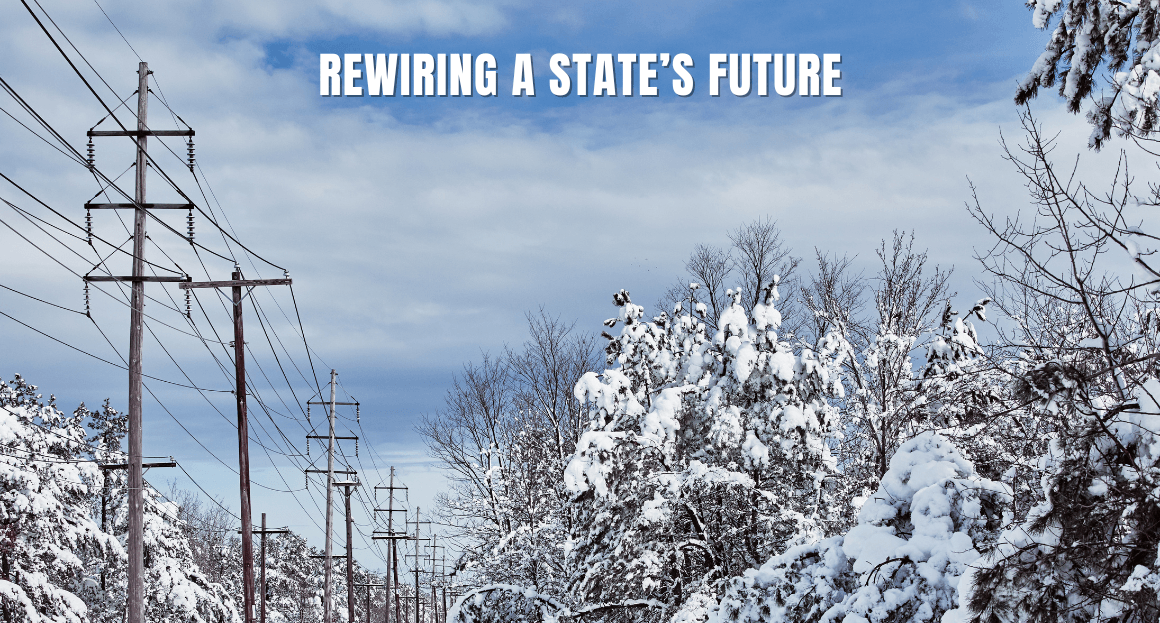
 VEU Updates
VEU Updates 
Get Lit with LEDs for Energy Savings
Cool Tricks with your Thermostat
Seal the Deal on Windows & Doors
Score Big with Energy-Efficient Appliances
Cold Water, Hot Savings
Hold Off on Space Heaters and AC
Let the SunShine In
Shower Smart for Energy Savings
Show Your HVAC System Some Love
Conclusion
Frequently Asked Questions
Other Related Blog

 Solar
Solar Every week, we talk to homeowners and small business owners across Victoria who say the exact same thing: “It’s too expensive right now.” “We rent; our

 Lighting
Lighting The lights stay on, work continues, customers still walk through your doors, but behind the scenes, your electricity bill climbs year by year, your carbon footp

 Lighting
Lighting When it comes to upgrading your commercial lighting, finding a reliable and professional partner makes all the difference. At Eco Foot, we specialise in commerc

 Lighting
Lighting Go Greener at Work! Start with the lights — the simplest step toward cutting costs and carbon. For businesses in Victoria, an LED lighting upgrade offers a cl

 VEU Updates
VEU Updates What can you do for Victoria? Simple: Upgrade old, inefficient systems in your home and business So what’s in it for you? Generous rebates that make

 Air Cons
Air Cons What if lighting didn’t just save you money… but actually earned it back for you? Welcome to the world of commercial LED lighting with rebates, and in parti



